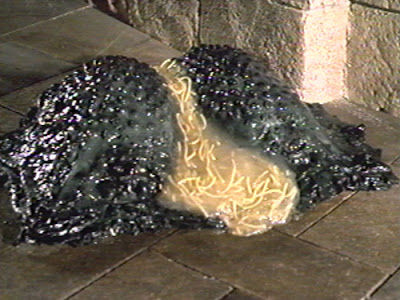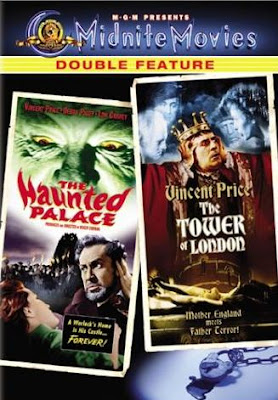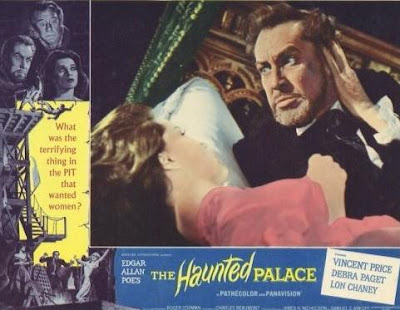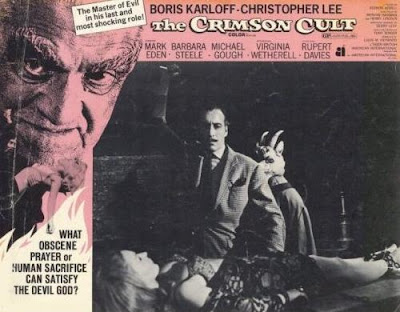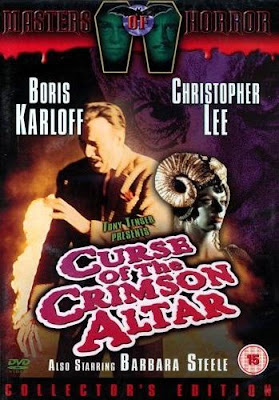
UPDATED - November 2013
Gegege no Kitaro is a popular anime series that first appeared in 1968, and as a manga before that. Wildly imaginative, it visualises a parade of bizarre creatures and mythologies with roots in ancient Japanese and Chinese ghost stories. I'm hoping this character will one day gain popularity in the west.
I stumbled on a Gegege no Kitaro exhibition atop the Sunshine Tower skyscraper in Tokyo in 2004. Drawings and cels were on display, as well as vintage memorabilia. I returned to England wanting to know more about the one-eyed boy who was surrounded by monsters.
| An original Japanese manga compilation |
Kitaro and his friends are 'yokai', a Japanese word for monsters, goblins, ghosts and demons. Together, they help sort out problems between humans and mischievous, aggrieved or downright evil yokai monsters.
Usually the stories are of human beings who upset a yokai, or its resting place. The yokai then victimise humans - they can swallow them whole, steal souls, kidnap children, melt faces... all sorts of unpleasantness and rather scary for a young audience. Slightly heavy-handedly, they are also being taught not to litter, not to disrespect their ancestors, staying out of graveyards at night etc.).
Kitaro is the last of an ancient 'ghost tribe'. He's undead, often introduced as emerging from a graveyard, and being half-human (it's complicated) he has many special powers - such as yokai-detecting hair, projectile wooden sandals and a protective yellow and black waistcoat.
He is aided by his father, who has withered away to just an eyeball with a tiny body! Medami Oyaji is very knowledgeable, and travels around hidden away under Kitaro's hair (actually living in his vacant eyesocket - though this is only inferred in the TV series). He likes to bathe in a hot bowl of water (much like the Japanese spas).
| The smelly Nezumi Otoko (from the 1996 title sequence) |
Kitaro lives a simple life in the forest up in a treehouse, amongst the woodland creatures with which he can also communicate. When he's not flying around on Itamomen, he can be sky-lifted by a flock of crows. Kitaro is quite poor possessing only a treehouse and the clothes on his back. But unlike half-man, half-rat, Nezumi Otoko, he's content with what he's got, dedicated to keeping the peace between humans and yokai.
The characters have spawned a ton of merchandise - I like the toys, action figures, CDs, and manga. But Kitaro is probably best known for the many spin-off video games in Japan.
The King of the Yokai
Shigeru Mizuki is the author and illustrator of the original Kitaro manga stories, and has also single-handedly kept many ancient ghost stories alive. He has written encyclopedic guides about the many ghosts and goblins from local legends all over Japan.
His stories share yokai characters with the Japanese 100 Ghost Stories film trilogy of the 1960s. Indeed Mizuki was heavily involved in the recent remake Yokai Daisenso, and even had a cameo as the King of the Yokai. Like that film, Kitaro also has a modern day setting, alongside ancient demons that have only previously appeared in period-costume ghost stories (like Kwaidan).
Among Mizuki's other manga work is an autobiographical account of his World War II experiences in the South Sea Islands, in which he lost an arm during a bombing raid. This has also just been published in English for the first time, under the title 'Onward Towards Our Humble Deaths'.
Japan’s love for Mizuki is most evident in his home town of Sakaiminato where there is a museum dedicated to him (a scene was filmed there for Yokai Daisenso) on a street where there are bronze statues of many of his most famous characters. What a tribute! (See some of the statues and a guide to the town in a tourist website here).

While Shigeru Mizuki's many reference books about yokai monsters have only been published in Japanese, I found this recent publication to be immensely useful - Yokai Attack!: The Japanese Monster Survival Guide (on Amazon here). It lists the most famous yokai, their appearances and habits and answers an awful lot of questions I had about Japanese monsters and superstition. Manga-translator Zach Davisson also has a blog about the many original yokai stories here.
The TV Shows
Mizuki's popular manga about 'ghost-boy' Kitaro have been turned into long-running TV anime series in every decade from the 1960s onwards, totalling over 400 animated episodes!
In 2006, all the older series started being restored and released in huge (expensive) DVD boxsets in Japan, as 1960s, 1970s and 1980s collections. In 2007, the 1997 series boxset followed, as well as a low budget 1980s live-action movie. An anime movies boxset collected the short supporting films that were made for cinemas.
Though most of these boxsets are now out of print, individual DVD volumes are being released in Japan of all the series, including the new one that started airing in 2007. None of these have any English subtitles on them. In 2013, the 1970s series was being reissued on DVD as part of a regular fortnightly Kitaro magazine (see below for an example).
I was hoping that maybe the live-action films of 2007 and 2008 would open the way for some subtitled DVD releases of the anime in the west. But despite the lack of translation, I'd still recommend them. They're great for yokai fans, though another good place to start would be the movie versions, because they're nearly all action.
So here’s a brief guide to the anime series so far, and how to tell them apart (thanks to Anime News Network):
Season 1 (1968) 65 episodes
The opening titles start in a graveyard full of woodland animals singing the theme tune, conducted by Kitaro. Nezumi Otoko and Kitaro also appear sitting in a car. (See YouTube for these opening titles).
This is a black-and-white anime series. primarily involving just Kitaro, his father (the eyeball) and Nezumi Otoko (like the early manga stories). The episodes I've seen are interesting examples of early TV anime. Faithful to the manga, they are scary and occasionally brutal, by modern standards.
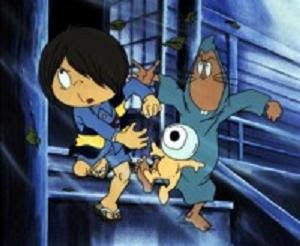 Season 2 (1971) 45 episodes
Season 2 (1971) 45 episodesThe title sequence again opens in a graveyard, this time in colour. There are lightning flashes and Kitaro, his father and Nezumi Otoko are again the only regular characters in the titles.
This was the first colour series, and has more action in it. It's still quite creepy, like the 'Queen of skeletons' episodes demonstrate. Nezumi Otoko is still driving around in his old car, unlike the later series.
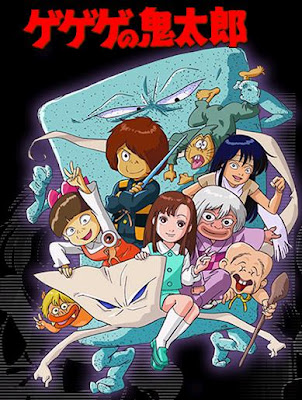
Season 3 (1985) 108 episodes
This title sequence opens with skyscrapers, and tilts down to Nezumi Otoko and (for the first time) all the other regular yokai singing the familiar theme tune, with everyone pretending to be rock stars. The titles end with Kitaro rescuing a human girl (Yumiko) with his flying wooden sandals.
Yumiko is a new regular character for this series. I thought she would signal that this anime would soften, but it's as scary as ever. Nezumi Otoko even makes hugely objectionable advances on her as well as Neko Musume, the Catgirl! Sesame Street, this is not.
The regular cast now features a half-dozen yokai synonymous with the franchise. Sunakake Babaa is an old witch who has can control sand - in this series, her robes are purple instead of white. Konaki Jijii is another old yokai, but looks like a baby, and he can turn himself into a very heavy statue.
Less human, is Ittan-Momen, a flying roll of cloth, strong enough to transport several of the gang at once. Nurikabe is a huge wall of stone (with little eyes) that can stop most anything.
This series spawned four short movies (each around 40 minutes long) shown in cinemas in 1985 and 1986. They would each have been part of a school-holiday programme that included other cartoons and live-action short films also produced by Toei Studios.
There were also seven extra TV episodes in 1988 (which are included in the 1980s DVD boxset) - and have something to do with 'jigoku' (hell).
Season 4 (1996) 114 episodes
This theme opens with crows flapping. They scatter to reveal a graveyard, from which Kitaro emerges. Besides shots of woodland animals, there are shots of a modern city and a school building being menaced by yokai. The Sand-Witch is dressed in white robes.
With the most advanced animation yet, this series seemed to have a significantly higher budget, with more detailed layouts and special animation effects.
Beside spinning off two 25 minute short films for the cinema (a baseball showdown called Monster Night, and an airbourne battle aboard the Ghost Express Train), there was an 50 minute animated 'film' called Great Sea Monster, which is well-worth seeing. Based on an early epic manga serial, Kitaro stomps Tokyo whilst trapped in the form of a gigantic whale-monster. This has also adapted in two episodes of the first series.
The short, Ghost Express Train, unusually features western monsters, namely the Frankenstein creature, the Wolfman, a witch and a bizarre version of Dracula, who trap Kitaro and crew on a flying train.

Season 5 (2007) 102 episodes
This title sequence features the traditional theme music but without the song being sung. Sand-Witch is dressed in purple again. Besides Kitaro, the emphasis in the titles isn't on the regular characters, so much as the hundreds of other different yokai monsters in a huge procession through a ghostly city, reminiscent of Spirited Away.
I'm delighted that this anime series was made to coincide with the live-action film of 2007. The anime is presented 16:9 widescreen, and the episodes feel substantially different to the older ones - Kitaro's character-design looks quite different and far from spooky. Also, the use of complex colour schemes, and twistier plots compensate for revisiting the same monster adversaries again.
The series continued into a second year, released on DVD under the title Gegege No Kitaro - Dai 2 Ya ('Second Night') referring to the second season - episode 52 onwards.
Besides individual DVD volumes, there were Japanese boxsets of both seasons. Again, these releases have no English subtitles.
This was first major live-action movie, my full review here, relied on CGI for the characters like Medami Oyaji, Ittan-Momen (the flying roll of cloth) and Nurikabe the wall-yokai. The film builds on the success of Takeshi Miike’s Great Yokai War (2005, which also featured brief cameos from those last two).
While we were clued in to the Great Yokai War by the 1960s Yokai Monsters film trilogy, not many westerners know about Kitaro, making this a harder movie to sell. But now here he stood the best chance of 'crossing over' and becoming recognised internationally.

The first ever feature-length, animated Kitaro movie was released in Japan for this the anime's 40th anniversary. Made in the same style as the 2007 TV series, it's more enjoyable and exciting than the second live-action movie. My review here.

Lastly, there's this short anime series, produced for DVD only (an 'OVA'). It matches the more gruesome look that Kitaro had when he was first drawn, taking its name from the earliest incarnation of the character, Graveyard Kitaro. Aimed at teenagers (and adults?), the aim is to scare, and tell the full grisly story of Kitaro's early days. The story spans 11 episodes, and for once the opening theme has been dropped in favour of a modern song by the excellent electro band Denki Groove. Series review here.
This short series had an English-subtitled release in Australia as 'Hakaba Kitaro'. Reviewed here.
A description of Kitaro's ghoulish origin is in this strange little page, designed as an introduction to one of the video games, here on BogLeech.
More links, a bibliography, interviews with Shigeru Mizuki, and even a guide to Kitaro's friends' names in Japanese... are all here on the Anthropology of Anime and Manga website.
Here's a regular blog on the original yokai legends that inspire the monsters of Gegege No Kitaro written by Zach Davisson, the translator of the new volumes of Shigeru Mizuki's manga.




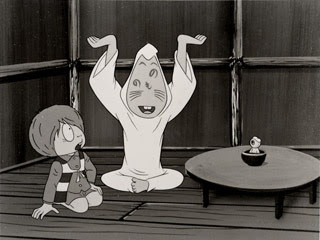

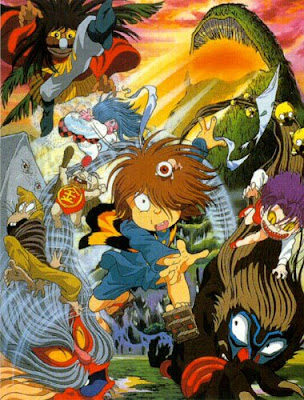
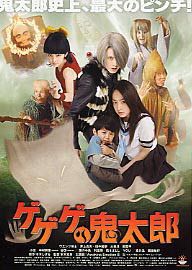

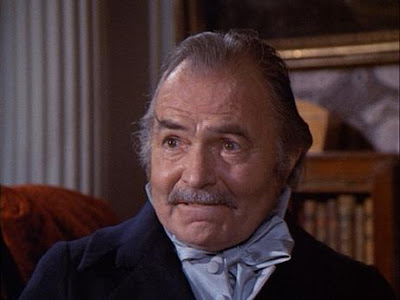

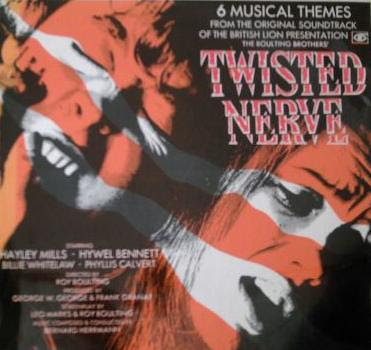
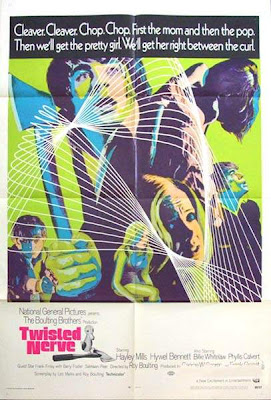
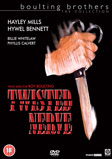
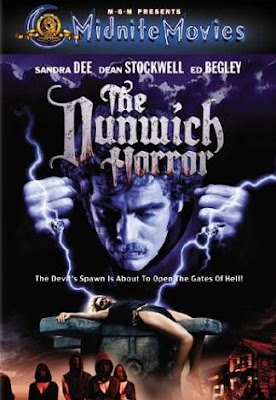

 The DVD was available as a single film, or as a double-bill with the also recommended Lovecraft movie
The DVD was available as a single film, or as a double-bill with the also recommended Lovecraft movie 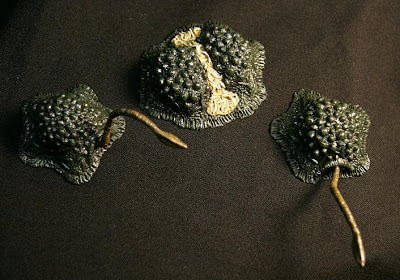
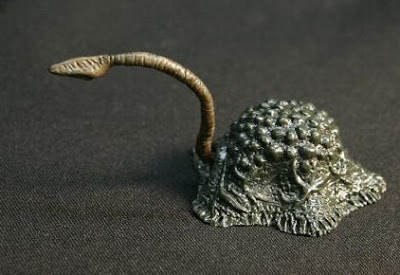
 The region 2 DVD release
The region 2 DVD release